Swimming is a full-body workout that builds endurance, strength, and cardiovascular health. But the repetitive motions—especially in freestyle and butterfly—can lead to muscle imbalances, rounded shoulders, and forward head posture. Over time, poor posture doesn’t just affect your stroke efficiency; it impacts your sleep, breathing, and overall recovery.
The good news? You don’t need equipment, a gym, or hours of time. This 10-minute, science-backed posture reset routine is designed specifically for swimmers. It targets the key muscle groups that get overused or weakened in the water, helping you realign your body, enhance recovery, and sleep better—starting tonight.
In the pool, your body is in a horizontal position, which reduces the immediate effects of gravity on posture. However, the constant reach, pull, and rotation can tighten the chest, shoulders, and hip flexors while weakening the upper back, glutes, and core. This imbalance often leads to:
Correcting posture isn’t just about standing tall—it’s about optimizing your body’s alignment to improve performance, reduce injury risk, and support deeper recovery.
Perform this routine daily—ideally in the evening to release tension and prepare for restful sleep. Each exercise takes about 60 seconds, with short transitions. Focus on form, not speed.
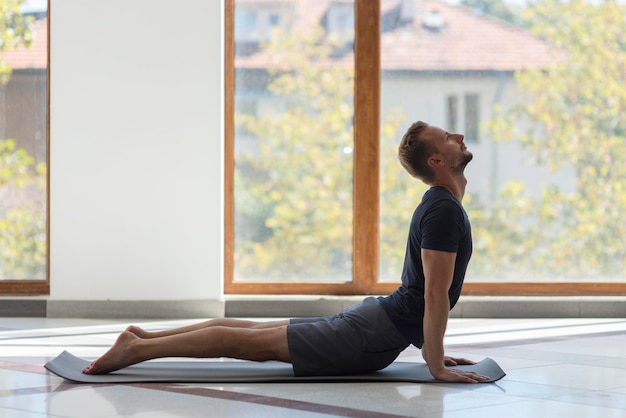
Combat forward head posture by gently pulling your chin straight back, creating a 'double chin.' Keep eyes level. This activates deep neck flexors and reduces strain on cervical spine.
Sit or stand tall. Squeeze shoulder blades together as if holding a pencil between them. Hold for 3 seconds, release. Opens the chest and strengthens the mid-back.
Stand with back against a wall, feet slightly forward. Arms form a 'W' at shoulder height. Slowly slide arms up and down the wall while maintaining contact. Improves thoracic mobility and scapular control.
On hands and knees, alternate between arching your back (cat) and dipping your spine (cow). Promotes spinal flexibility and releases tension in the upper and lower back.
From a kneeling position, sit back on heels and extend arms forward. Walk hands to one side to stretch the opposite torso. Relieves tightness in lats and shoulders—common in swimmers.
Lie on your back, knees bent, feet flat. Lift hips by squeezing glutes and engaging core. Hold for 2 seconds. Strengthens posterior chain, counteracts tight hip flexors from kicking and streamline position.
Consistency beats intensity. Anchor this routine to an existing habit—like after brushing your teeth at night or right after your cooldown stretch. Use a habit tracker app or calendar to mark each day completed.
Track improvements with simple tests:
Poor posture creates muscular tension that disrupts sleep. When your spine is misaligned, your body can’t fully relax. This routine helps reset neuromuscular patterns, reduce nighttime stiffness, and improve breathing by opening the chest—leading to deeper, more restorative sleep.
Better sleep means faster recovery, improved focus, and enhanced performance in the water. It’s a cycle: good posture supports better sleep, which supports better training, which supports better posture.
You don’t need fancy tools or extra time to fix your posture. Just 10 minutes a day, done consistently, can reverse years of swimming-related imbalances. Start tonight. Track your progress weekly. Feel the difference in your stroke, your sleep, and your body.
Your posture is your foundation—build it strong, and everything else follows.

Fitness

Fitness

Fitness

Fitness
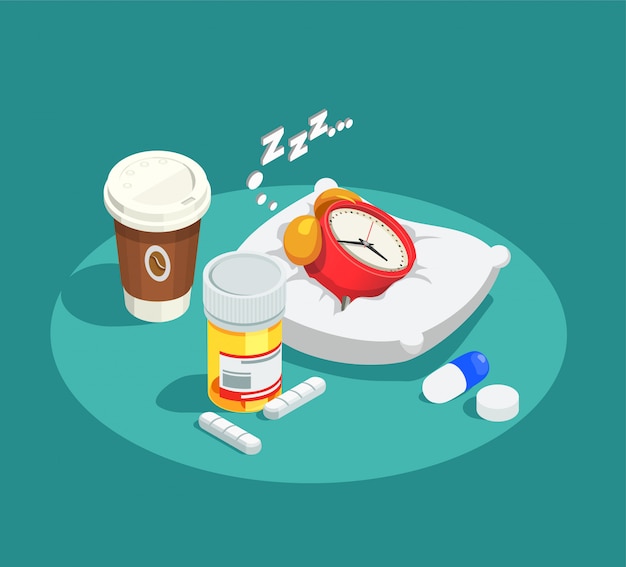
Health
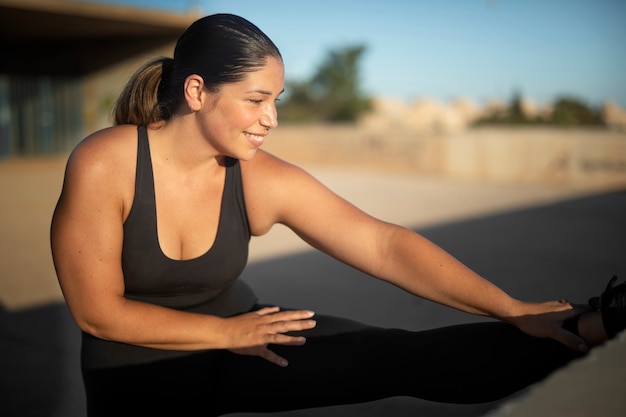
Fitness
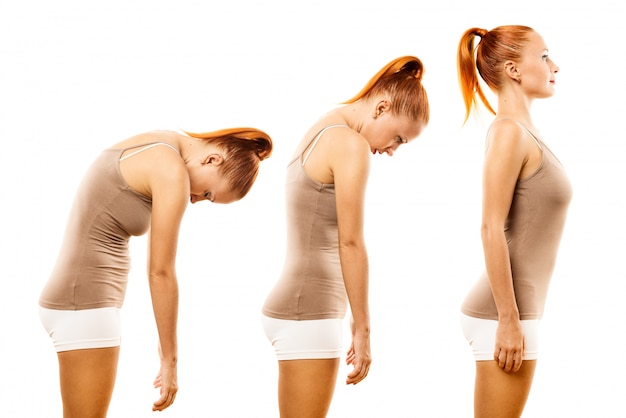
Wellness

Fitness
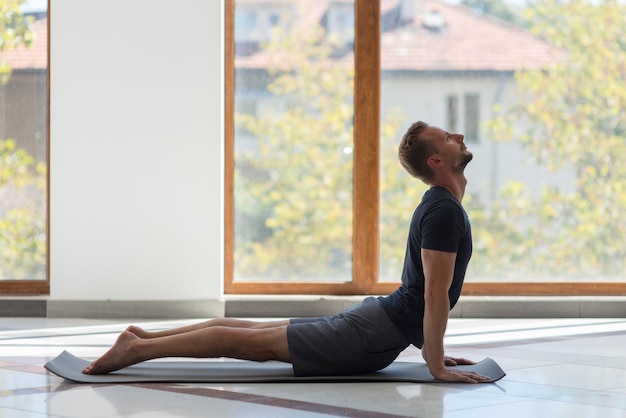
Wellness
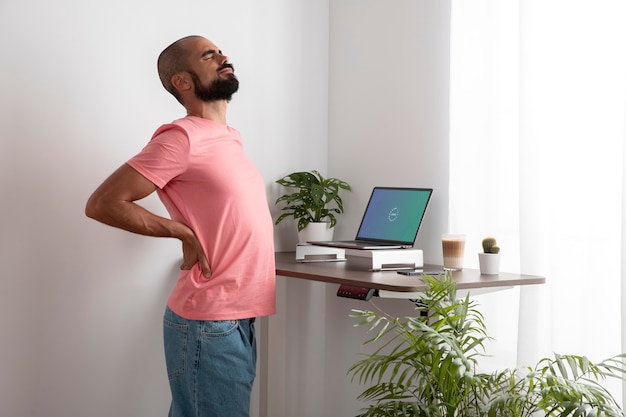
Health
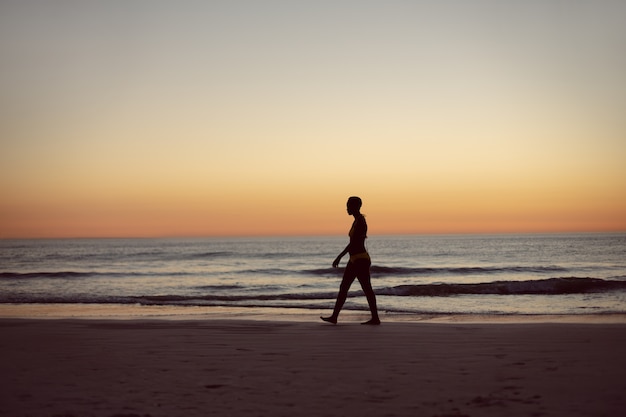
Wellness
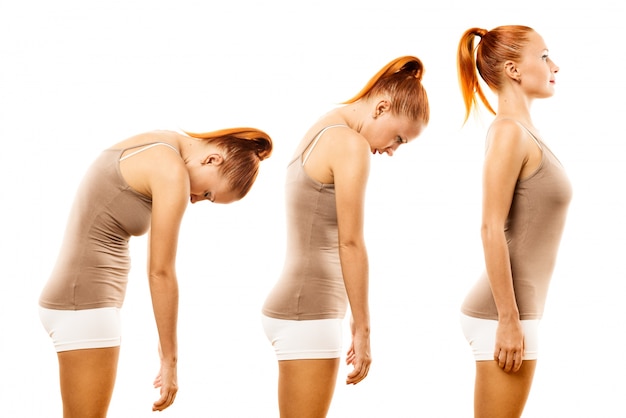
Wellness

Health

Fitness

Health

Health